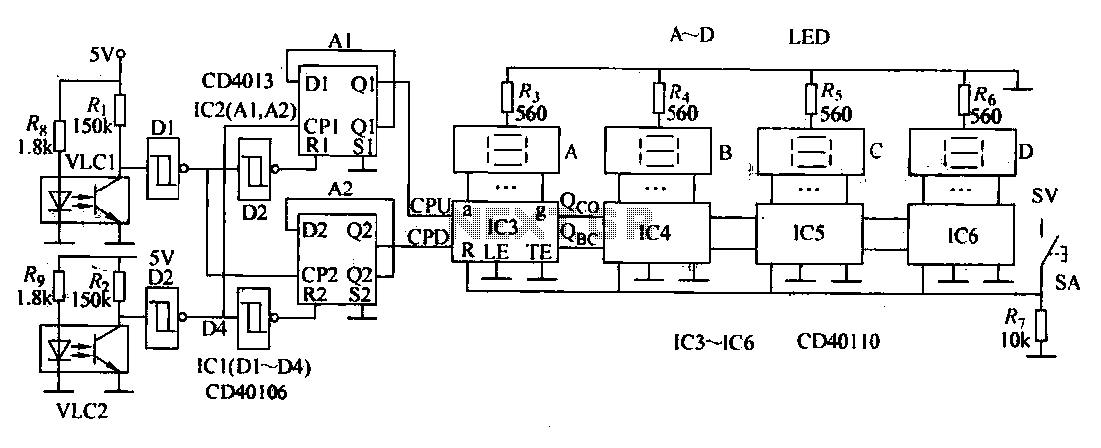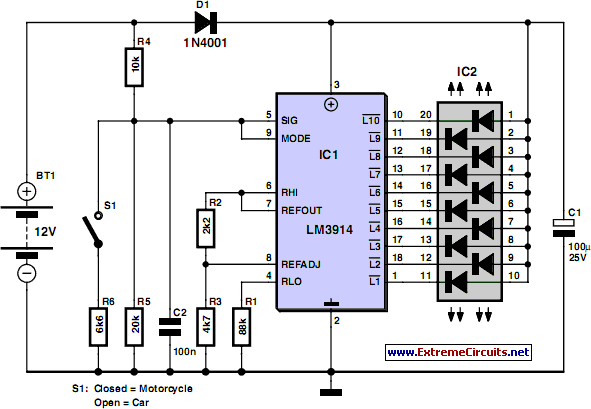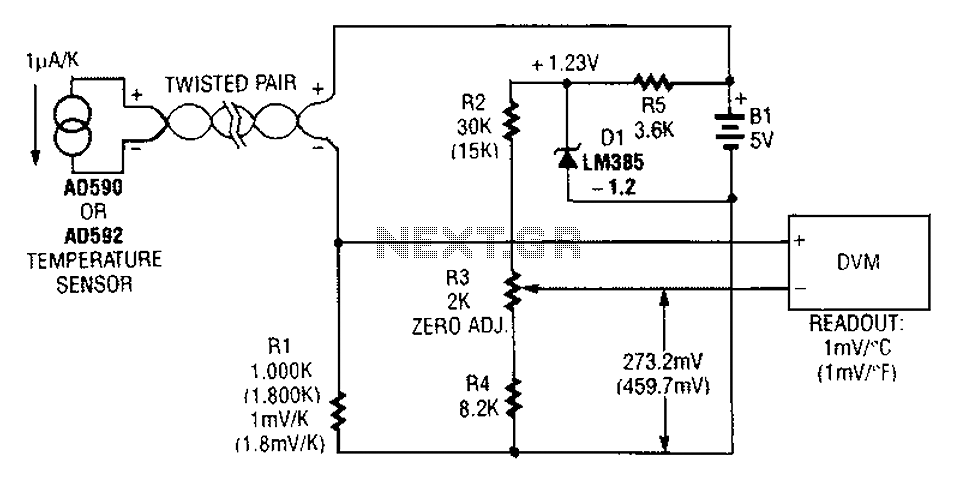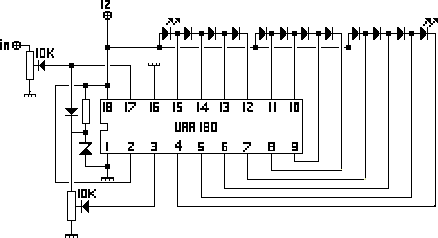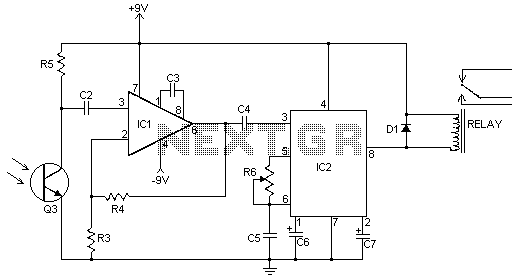
Wave Joule Thief circuit

A series of LEDs that turn on and off in a precise sequence, creating a calming and hypnotic effect. Various LED chaser, scanner, and sequencer circuits exist, utilizing discrete transistors, logic integrated circuits (ICs), or microcontrollers. However, a common limitation among these circuits is their inability to operate with just one alkaline battery. Most LEDs require a minimum of approximately 2.2V to illuminate, while blue and white LEDs typically need around 3.2V. Consequently, a single AA battery is insufficient for powering an LED chaser circuit. The Joule Thief circuit can be employed to boost the voltage sufficiently to power any LED.
LED chaser circuits are designed to create visually appealing light patterns by sequentially illuminating a series of LEDs. These circuits can be implemented using various technologies, including discrete components, logic ICs, or microcontrollers, each offering unique advantages and complexity levels. Discrete transistor circuits are often simpler and can be built with minimal components, while logic IC-based designs provide more precision and control over timing and sequencing. Microcontroller-based chaser circuits allow for greater flexibility, enabling the programmer to customize light patterns and timings extensively.
Despite their popularity, a significant limitation of many LED chaser circuits is their reliance on higher voltage levels than what a single AA alkaline battery can provide. Standard LEDs require a forward voltage of approximately 2.2V, and certain colors, such as blue and white, require even more, typically around 3.2V. This voltage requirement poses a challenge for battery-powered applications, as a single AA battery typically outputs only 1.5V.
The Joule Thief circuit is a practical solution to this problem. It is a simple, efficient boost converter that can step up the voltage from a single alkaline battery to a level sufficient to power LEDs. The circuit typically consists of a few components, including a transistor, a resistor, an inductor, and a diode. The Joule Thief operates by rapidly switching the transistor on and off, which causes the inductor to store energy and then release it at a higher voltage. This allows the circuit to effectively light LEDs that would otherwise be unlit due to insufficient voltage from the battery.
In summary, LED chaser circuits offer a captivating visual display but often face voltage limitations when powered by a single AA battery. The Joule Thief circuit provides an effective means of overcoming this challenge, allowing for the operation of various LED types in a compact and power-efficient manner.A bunch of LEDs neatly turning on and off on a precise timing lights running one way, then the other way Its relaxing, soothing, and hypnotic. There are so many LED chaser/scanner/sequencer circuits out there, some are made with discreet transistors, some based on logic ICs, and more and more others are using microcontrollers. There is one thing in common with all of the LED chaser circuits you find on the net none of them can operate with just one alkaline battery!
Most of us know that LEDs need at least 2.2V or so to light. Blue and white LEDs require even higher, typically 3.2V. So obviously you cant use just one AA battery to operate an LED chaser. But we all know that there is Joule Thief that boosts voltage high enough to light any LEDs. 🔗 External reference
LED chaser circuits are designed to create visually appealing light patterns by sequentially illuminating a series of LEDs. These circuits can be implemented using various technologies, including discrete components, logic ICs, or microcontrollers, each offering unique advantages and complexity levels. Discrete transistor circuits are often simpler and can be built with minimal components, while logic IC-based designs provide more precision and control over timing and sequencing. Microcontroller-based chaser circuits allow for greater flexibility, enabling the programmer to customize light patterns and timings extensively.
Despite their popularity, a significant limitation of many LED chaser circuits is their reliance on higher voltage levels than what a single AA alkaline battery can provide. Standard LEDs require a forward voltage of approximately 2.2V, and certain colors, such as blue and white, require even more, typically around 3.2V. This voltage requirement poses a challenge for battery-powered applications, as a single AA battery typically outputs only 1.5V.
The Joule Thief circuit is a practical solution to this problem. It is a simple, efficient boost converter that can step up the voltage from a single alkaline battery to a level sufficient to power LEDs. The circuit typically consists of a few components, including a transistor, a resistor, an inductor, and a diode. The Joule Thief operates by rapidly switching the transistor on and off, which causes the inductor to store energy and then release it at a higher voltage. This allows the circuit to effectively light LEDs that would otherwise be unlit due to insufficient voltage from the battery.
In summary, LED chaser circuits offer a captivating visual display but often face voltage limitations when powered by a single AA battery. The Joule Thief circuit provides an effective means of overcoming this challenge, allowing for the operation of various LED types in a compact and power-efficient manner.A bunch of LEDs neatly turning on and off on a precise timing lights running one way, then the other way Its relaxing, soothing, and hypnotic. There are so many LED chaser/scanner/sequencer circuits out there, some are made with discreet transistors, some based on logic ICs, and more and more others are using microcontrollers. There is one thing in common with all of the LED chaser circuits you find on the net none of them can operate with just one alkaline battery!
Most of us know that LEDs need at least 2.2V or so to light. Blue and white LEDs require even higher, typically 3.2V. So obviously you cant use just one AA battery to operate an LED chaser. But we all know that there is Joule Thief that boosts voltage high enough to light any LEDs. 🔗 External reference
Warning: include(partials/cookie-banner.php): Failed to open stream: Permission denied in /var/www/html/nextgr/view-circuit.php on line 713
Warning: include(): Failed opening 'partials/cookie-banner.php' for inclusion (include_path='.:/usr/share/php') in /var/www/html/nextgr/view-circuit.php on line 713
